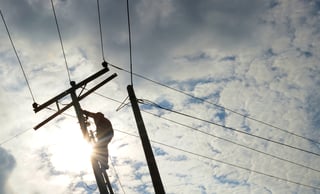Apart from the safety compliance and the comfort of employees, is this sufficient for an HSE manager to consider when selecting a protective clothing for his workers?
In Southeast Asia and Australia, where ultraviolet (UV) rays are much more intense than other parts of the world, workers who have to work mostly outdoor will also need to protect their skin from UV. While SPF is more well known, it’s also important to know what UPF does. And not all clothing has sun protection, so not all clothing will have a UPF rating.
What is UPF rating?
UPF stands for Ultraviolet Protection Factor which measures the amount of UV radiation that penetrates through the fabric and reaches the skin. Clothing has a UPF measurement like sunscreen has an SPF measurement.
UPF clothing is specifically engineered to provide maximum protection from UV rays and rated from 15 to 50+. The rating refers to the fraction of UV radiation that is able to pass through the fabric. The higher the UPF rating, the more your workers are protected.
If a fabric is rated, with a UPF rating of 15 minimum, then the fabric already provides good protection against UV radiation. A rating of 30 is very good, while a UPF of 50+ is the maximum rating and will block 98% or more of UV Radiation. UPF does not expire so you can wash your clothes with UPF and it will not diminish the UPF rating.
Unlike SPF, which only protects for UVB rays, UPF accounts for both UVA and UVB rays. Protecting yourself from the sun and its harmful rays are necessary for your workers’ health.
As a result, when it’s time to select your workers’ protective clothing, apart from danger protection and appearance, it’s crucial to also consider the protective clothing that can block harmful UV radiation.





.png?width=399&name=Untitled%20design%20(50).png)



